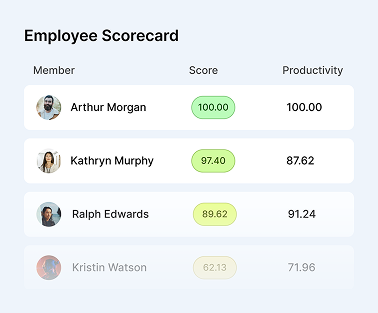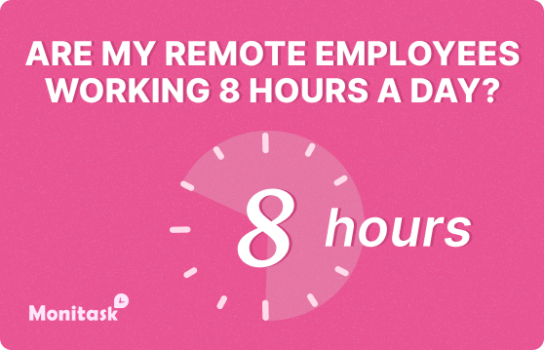Master Your Minutes: A Time Management Plan That Actually Works
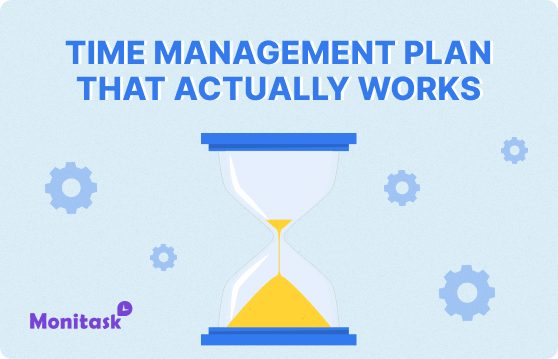
Time is one of our most limited, yet paradoxically powerful, resources.
Whether you’re a busy professional, a student, or balancing work and family life, managing your time well can significantly improve your productivity and reduce stress.
In this article, we’ll walk you through everything you need to know about mastering time management—from foundational principles to actionable tools and strategies.
What Does Time Management Really Mean
Time management refers to the process of organizing and planning how to divide your time between specific activities.
Done effectively, it enables you to work smarter—not harder—so you get more done in less time, even when time is tight and pressures are high.
It’s not just about getting through your to-do list—it’s about making intentional choices that align your time with your goals and values.
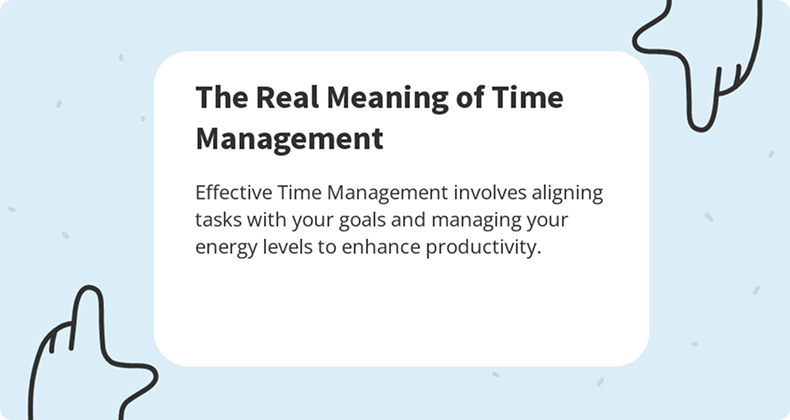
Why Effective Time Management Matters
Good time management can truly transform your day-to-day experience. It allows you to increase productivity and focus, while also helping to reduce stress and avoid burnout.
When you manage your time well, you’re more likely to achieve your goals faster, and you can even carve out more time for personal activities, relaxation, and the things that matter most to you.
With solid time management skills, you’re the one in control of your schedule—instead of letting your schedule control you.
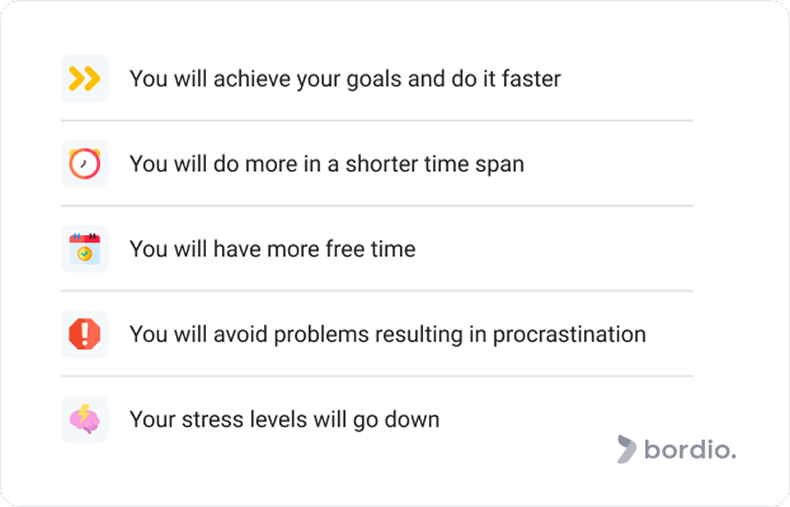
How to Focus on What Truly Counts
Stephen Covey
Prioritizing your time means focusing on what matters most and letting go of tasks that don’t move the needle. Start by identifying your most important goals. Break them into tasks, and then rank those tasks based on urgency and importance.
This approach helps you avoid the trap of being busy without being effective. When you’re clear about your priorities, it becomes easier to say no to distractions and low-value tasks.
Over time, this clarity builds momentum, keeping you aligned with your bigger purpose—not just your daily to-do list.
Step-by-Step Plan to Take Charge of Your Time
Feeling overwhelmed by endless to-do lists and never-ending distractions? You’re not alone.
Many people struggle with time management, but the key to success lies in a structured, intentional approach. Breaking the process into clear, actionable steps helps you build habits gradually, avoid burnout, and track progress effectively.
The Eisenhower Matrix is a time management tool that helps prioritize tasks by categorizing them based on their urgency and importance.
Key Steps in Recruitment and Staffing:
- Urgent and important
- Important but not urgent
- Urgent but not important
- Neither urgent nor important
Focus on category 1 first and aim to reduce time spent on category 4. Delegate or eliminate tasks that don’t align with your main goals.
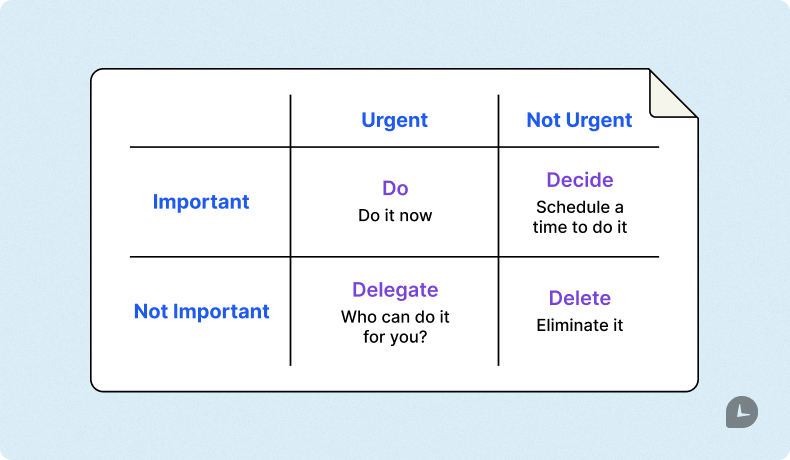
Maximize productivity of your business
Track employee productivity and simplify work with them
Resources That Promote Efficient Time Use: A Summary
Choosing the right tools can make a big difference in how well you manage your time. Here are a few to consider:
Conclusion
Mastering time management is a journey, not a destination. By applying the techniques above, you’ll be better equipped to handle your responsibilities, meet your goals, and create space for what truly matters in life.
Remember, the goal isn’t to fill every minute of your day with tasks—it’s to make your time work for you. Progress comes from consistency, not perfection. Some days will feel more productive than others, and that’s okay. What matters is that you’re being intentional and making steady steps toward a more balanced, fulfilling life.
Start small, stay focused, and trust the process—you’ve got this!
– The Monitask Team
Frequently Asked Questions
How long does it take to form a time management habit?
Building new habits usually takes time, and time management is no exception. On average, it may take 21 to 66 days of consistent effort to form a new habit. However, the key is consistency. The more you stick with your time management plan, the more natural it becomes.
Can time management help reduce stress?
Absolutely. When you have a clear plan for your day and know what to focus on, you reduce the anxiety that comes with uncertainty and last-minute rushes. Proper time management helps you feel more in control, leading to a calmer, more confident mindset.
Is multitasking ever useful?
Studies show multitasking reduces productivity by 40%. While multitasking might seem efficient, it often leads to mistakes and shallow work.
However, it can be useful in situations where tasks are low-effort and don’t require much cognitive load—like listening to a podcast while folding laundry. For complex work, focusing on one task at a time is far more effective.
